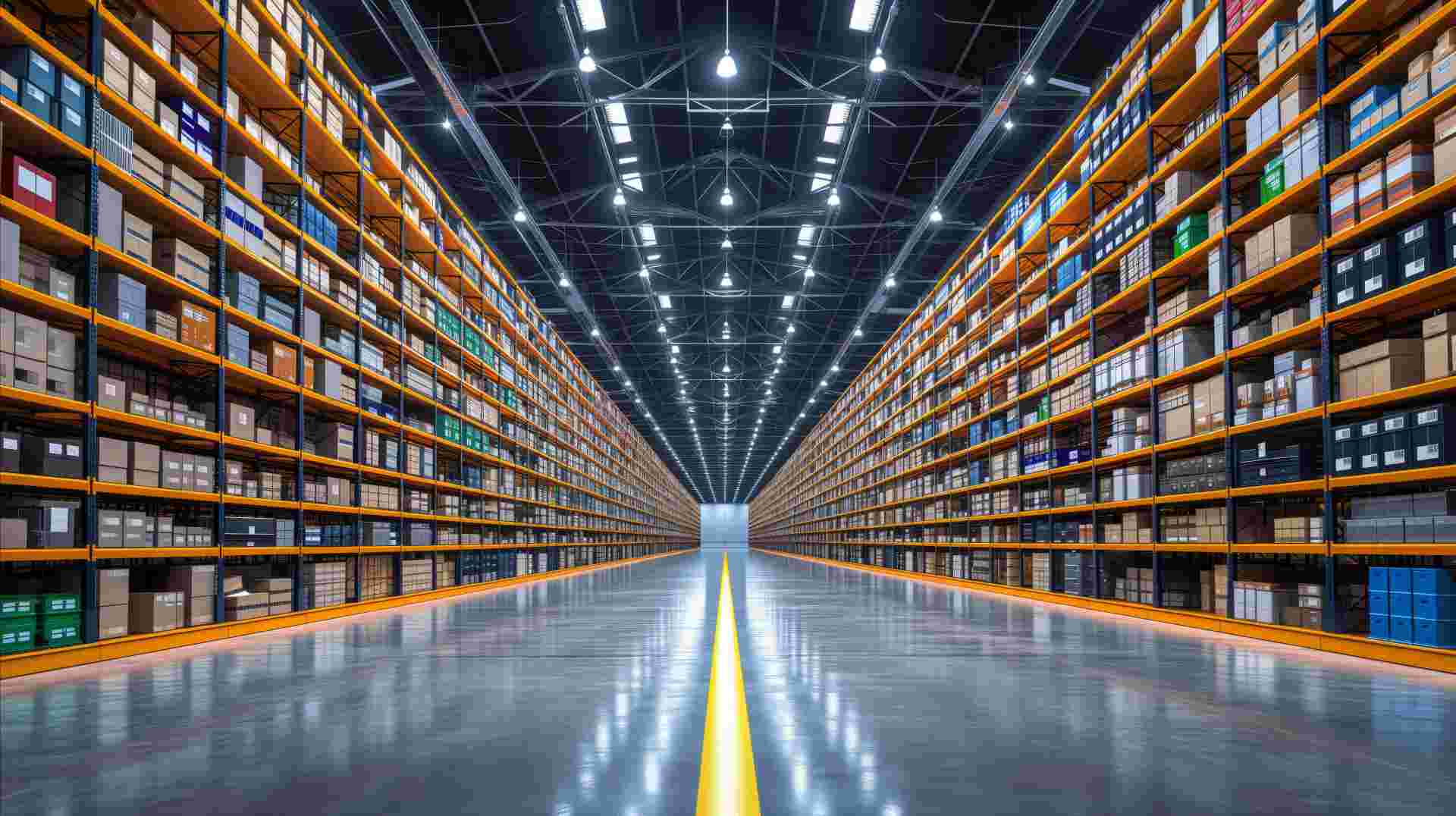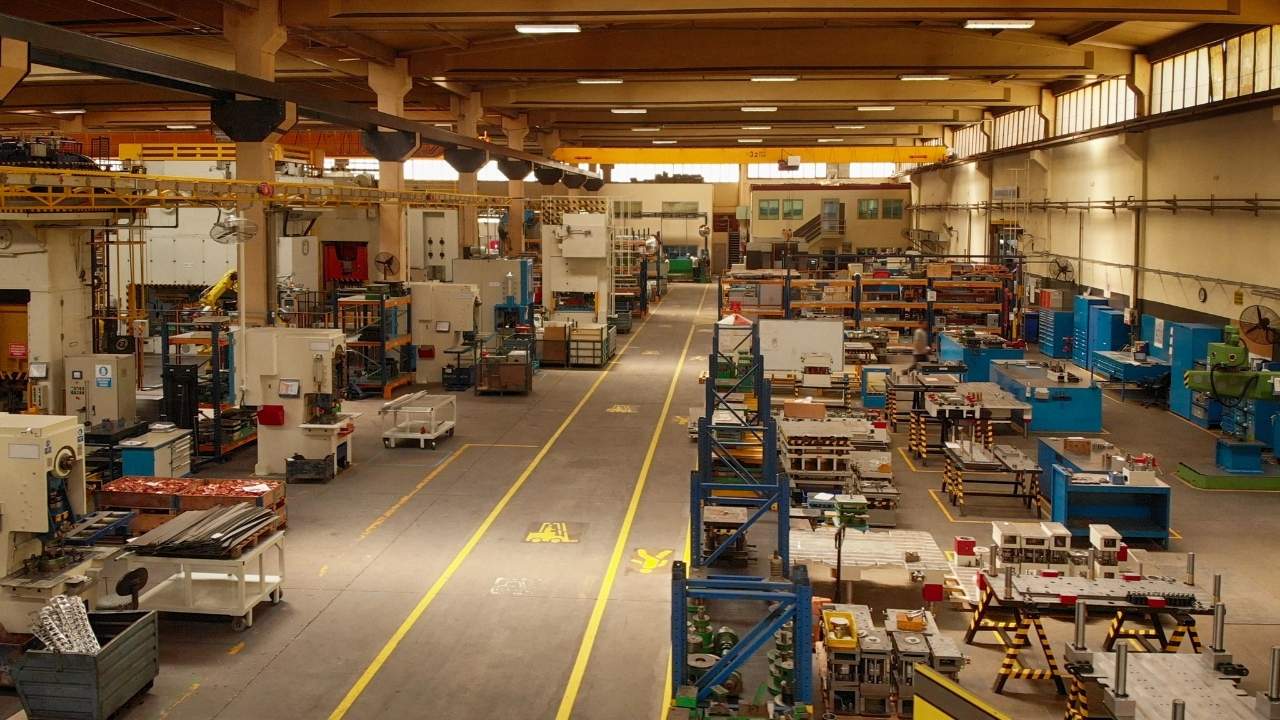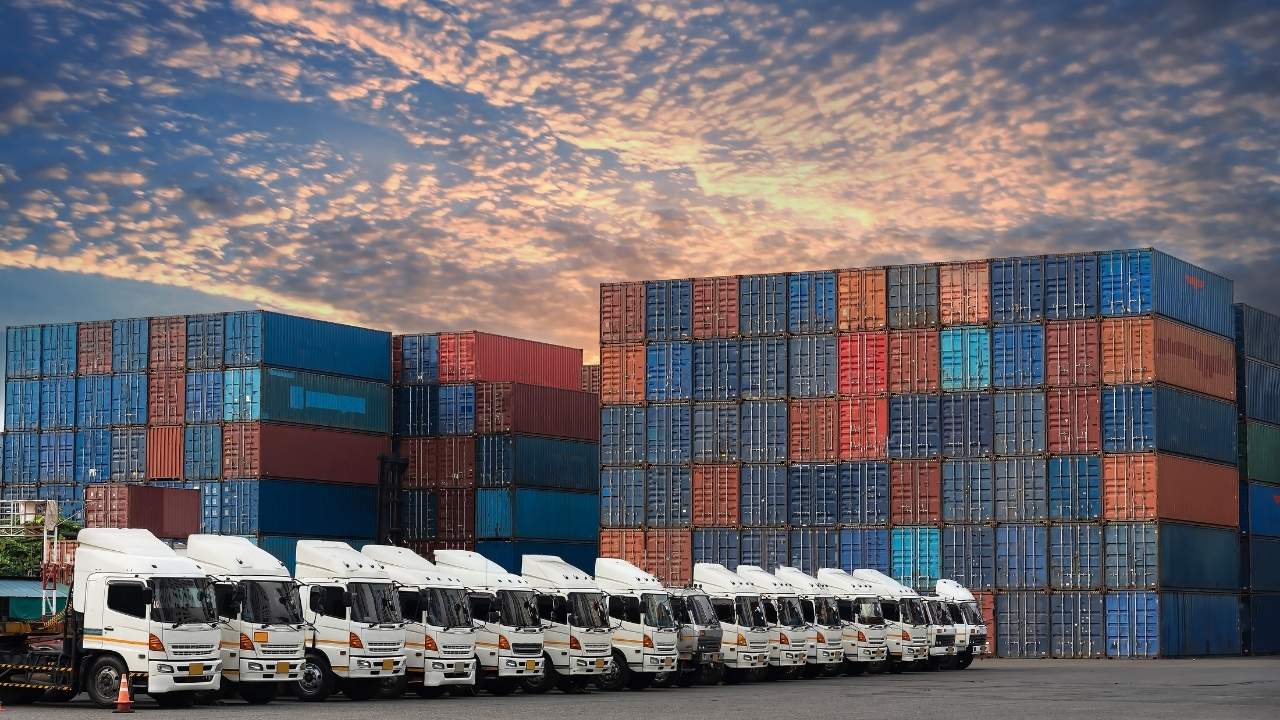The Bill of Materials (BOM) is crucial in Apparel & Fashion ERP solutions. It is a comprehensive list of all materials, components, and instructions needed to manufacture each product. By providing detailed information on raw materials, trims, and production processes, the BOM ensures accurate inventory management, efficient production planning, and precise cost control
Introduction: The Thread That Ties It All Together
The fashion industry relies on intricate global supply chains to transform creative designs into finished garments that delight consumers. At the core of efficient production operations is a detailed bill of materials (BOM), which provides a complete product breakdown. Effective Bills of Materials (BOM) management through enterprise resource planning (ERP) systems enables real-time visibility and orchestration across complex, geographically dispersed supply networks.
This article delves deeper into BOM definitions, structures, and significance for fashion businesses. It explores how Bill of Materials (BOM) integration with ERP software streamlines key functions from design to distribution. Real-world examples illustrate how leading brands leverage Bill of Materials (BOM)-driven ERP solutions to boost supply chain agility, optimize costs, ensure compliance, and unlock growth opportunities.
What’s a Bill of Materials (BOM)?
Think of a BOM as the DNA of a garment. It’s a comprehensive list of every single ingredient that goes into making a piece of clothing. But it’s more than just a shopping list – it’s a roadmap for turning a designer’s vision into a wearable reality.
Let’s break down the components of a BOM:
- Raw Materials: This is the foundation of any garment. It includes:
- Fabrics: From luxurious silks to sturdy denim
- Threads: The unsung heroes holding everything together
- Dyes: Giving life and personality to the fabric
- Components: These are the small but mighty elements that complete a garment:
- Buttons: From classic brass to quirky novelty designs
- Zippers: Keeping things secure and adding functionality
- Trim: Lace, ribbons, or anything that adds that extra flair
- Packaging: Often overlooked, but crucial for protecting and presenting the final product:
- Hangers: Keeping garments wrinkle-free
- Tags: Providing essential information to customers
- Plastic wraps: Ensuring clothes arrive pristine
But a BOM isn’t just a flat list. It can be structured in different ways:
Hierarchical BOM: Picture a family tree for your garment. At the top, you have the finished product (let’s say, a jacket). Branching out below are the main components (outer fabric, lining, buttons), and below each of these are the specific materials (types of fabric, thread colors, button sizes).
Flat BOM: This is a straightforward list of all materials needed, without the hierarchical structure. It’s simple but can be less detailed.
Modular BOM: This type is perfect for products with interchangeable parts. Imagine a jacket that can have different types of sleeves attached – a modular BOM would list the core jacket and then the various sleeve options separately.
Why Bill of Materials (BOMs) are the Secret Sauce in Fashion ERP
Let’s understand why a Bill of Materials (BOM) is so crucial when integrated with ERP systems in the fashion industry. It’s like adding the perfect accessory to an already great outfit – it takes things to a whole new level!
1. Supply Chain Mastery:
Imagine you’re a fashion brand preparing for the upcoming season. With a Bill of Materials (BOM) integrated into your ERP system, you can:
- Forecast material needs pinpoint accuracy
- Set up automated reordering of frequently used materials
- Track global supply trends and adjust your sourcing strategy
Real-world example: Zara, the fast-fashion giant, uses BOM-integrated ERP to manage its lightning-fast supply chain, allowing them to go from design to store shelves in just weeks.
2. Cost Control and Profitability:
In the competitive world of fashion, every penny counts. BOMs in ERP help by:
- Breaking down the exact cost of each component in a garment
- Identifying opportunities for bulk purchasing to reduce costs
- Spotting trends in material costs to inform pricing strategies
For instance, a small boutique brand might use this feature to decide whether to absorb a rise in cotton prices or adjust their retail prices.
3. Quality Control and Consistency:
Maintaining quality across thousands of garments is no small feat. BOM-ERP integration helps by:
- Ensuring the same high-quality materials are used consistently
- Tracking supplier performance and material quality over time
- Facilitating quick identification and resolution of quality issues
Case in point: Luxury brands like Hermès use detailed BOMs to ensure every stitch in their high-end products meets their exacting standards.
4. Sustainability and Ethical Production:
In these times when consumers care about the environmental and social impact of their clothes, BOMs play a crucial role:
- Tracking the origin of materials to ensure ethical sourcing
- Identifying opportunities to use more sustainable materials
- Reducing waste by optimizing material usage
Example: Patagonia, known for its commitment to sustainability, uses BOMs to track and report on the environmental impact of each product.
5. Streamlined Product Development:
From sketch to store, BOMs in ERP systems help smooth out the bumps:
- Facilitating collaboration between designers and production teams
- Enabling quick creation of product variations (e.g., different colors or sizes)
- Speeding up the sampling process by providing clear material specifications
The BOM-ERP Collaboration: How They Work Together
When BOMs and ERP systems join forces, it’s like a perfectly choreographed dance. Here’s how they move together:
1. Design Phase:
- Designers can start utilizing ERP right from the design phase.
- The system automatically generates a preliminary BOM based on similar past designs
- Designers can easily modify the BOM, by experimenting with different materials
2. Sourcing and Procurement:
- The ERP system uses the BOM to check current inventory levels
- It automatically generates purchase orders for needed materials
- Suppliers receive detailed specifications, reducing errors
3. Production Planning:
- The system calculates exact material needs based on production volume
- It schedules production runs, considering material availability
- Any changes to the BOM are instantly reflected in production plans
4. Quality Control:
- QC teams use the BOM to verify that the correct materials are used
- Any deviations from the BOM are flagged for review
- The system tracks quality issues, linking them back to specific materials or suppliers
5. Costing and Pricing:
Finance teams can see real-time cost breakdowns based on the BOM
- The system can simulate cost changes (e.g., “What if we use a different fabric?”)
- Pricing strategies can be fine-tuned based on accurate cost data
6. Reporting and Analysis:
- Management can view reports on material usage, costs, and supplier performance
- The system can identify trends, like which materials are most prone to defects
- Sustainability reports can be generated, showing the environmental impact of material choices
Fashion-Forward Features: ERP Systems Tailored for Style
Fashion isn’t one-size-fits-all, and neither are fashion ERP systems. Here are some features that make them special:
- Style and Season Management
- 3D Design Integration
- Trend Forecasting
- Compliance Management
Best Practices for BOM Success in Fashion ERP
To make the most of your BOM-ERP combo, follow these industry-tested tips:
1. Standardize, Standardize, Standardize:
- Create a consistent naming convention for all materials
- Use standardized units of measurement across all BOMs
- Implement a clear system for versioning and revisions
2. Embrace Modularity:
- Break down complex products into modular components
- Create standard BOMs for common elements (e.g., basic t-shirt construction)
- Use configurable BOMs to manage product variations efficiently
3. Prioritize Data Accuracy:
- Regularly audit and clean your BOM data
- Implement checks and balances to catch data entry errors
- Train staff on the importance of accurate BOM management
4. Foster Cross-Departmental Collaboration:
- Ensure designers, production managers, and sourcing teams all have input on BOMs
- Use the ERP system to facilitate communication about BOM changes
- Conduct regular cross-functional reviews of BOM processes
5. Leverage Analytics:
- Use BOM data to identify cost-saving opportunities
- Analyze material usage patterns to optimize inventory management
- Track sustainability metrics based on BOM data
The Future is Bright: What’s Next for BOMs in Fashion
As technology evolves, so do the possibilities for BOM management in fashion:
- AI and Machine Learning:
- Predictive analytics for material demand forecasting
- Automated suggestion of alternative materials based on cost and availability
- Smart quality control that learns from past issues to predict potential problems
- Internet of Things (IoT) Integration:
- Real-time tracking of materials through the supply chain
- Automated updating of BOMs based on production line feedback
- Smart inventory management that adjusts BOMs based on real-time stock levels
- Blockchain for Traceability:
- Immutable records of material sourcing and movement
- Enhanced transparency for ethical and sustainable production
- Simplified compliance management and reporting
- Augmented Reality in Design:
- Virtual prototyping that automatically generates and updates BOMs
- AR-assisted quality control, comparing physical products to BOM specifications
- Interactive BOM visualization for a better understanding of product construction
How Versa Cloud ERP Optimizes Bill of Materials (BOM) Management
As this article outlined, effective BOM administration is crucial for orchestrating efficient, compliant, and profitable operations across the global fashion supply chain. Versa Cloud ERP provides a powerful yet flexible platform to address this need. Vera’s fully integrated BOM functionality seamlessly connects design, production planning, procurement, quality, and finance modules. Manufacturers leverage Versa to digitally hand off BOM structures from design to the shop floor for traceability. Distributors synchronize BOM data with 3PL partners for seamless order fulfillment.
Vera Cloud ERP’s role-based permissions and version control features maintain BOM data integrity as teams collaborate. Its hybrid structure supports simple to highly complex product configurations. Advanced routing tools optimize scheduling and resource allocation. Mobile ERP apps give inspectors real-time BOM access for compliance verification anywhere.
Fashion businesses are encouraged to schedule a free personalized product demo to experience Vera’s intuitive BOM management capabilities and powerful fashion ERP solutions firsthand. Versa product experts will demonstrate how the system streamlines operations from initial design through distribution. By optimizing processes with BOM-driven ERP, companies gain the visibility and control needed to navigate today’s dynamic retail landscape.
ERP systems are fundamental to the efficient management of a modern supply chain in the manufacturing sector. By integrating various business processes, ERP systems streamline operations, enhance visibility, and improve decision-making, making them indispensable tools for manufacturers aiming to stay competitive in today’s market.
Empower your business with the knowledge to navigate the realm of an Integrated ERP solution, specifically tailored to your business needs. Gain insights, streamline processes, and propel your financial management to new heights with this comprehensive guide
With Versa Cloud ERP’s Implementation guide learn how a business can ensure a successful ERP Solution Implementation. Navigate the complexities of implementation with confidence!
Effectively manage your financials, accounting, inventory, production, and warehouse management workflows with our award-winning ERP.
Let Versa Cloud Erp’s do the heavy lifting for you.
[widget id=”custom_html-40″]
[widget id=”custom_html-42″]
[widget id=”custom_html-30″]
Do Business on the Move!
Make your businesses hassle-free and cut the heavyweights sign up for the Versa Cloud ERP today!!
Join our Versa Community and be Future-ready with us.






